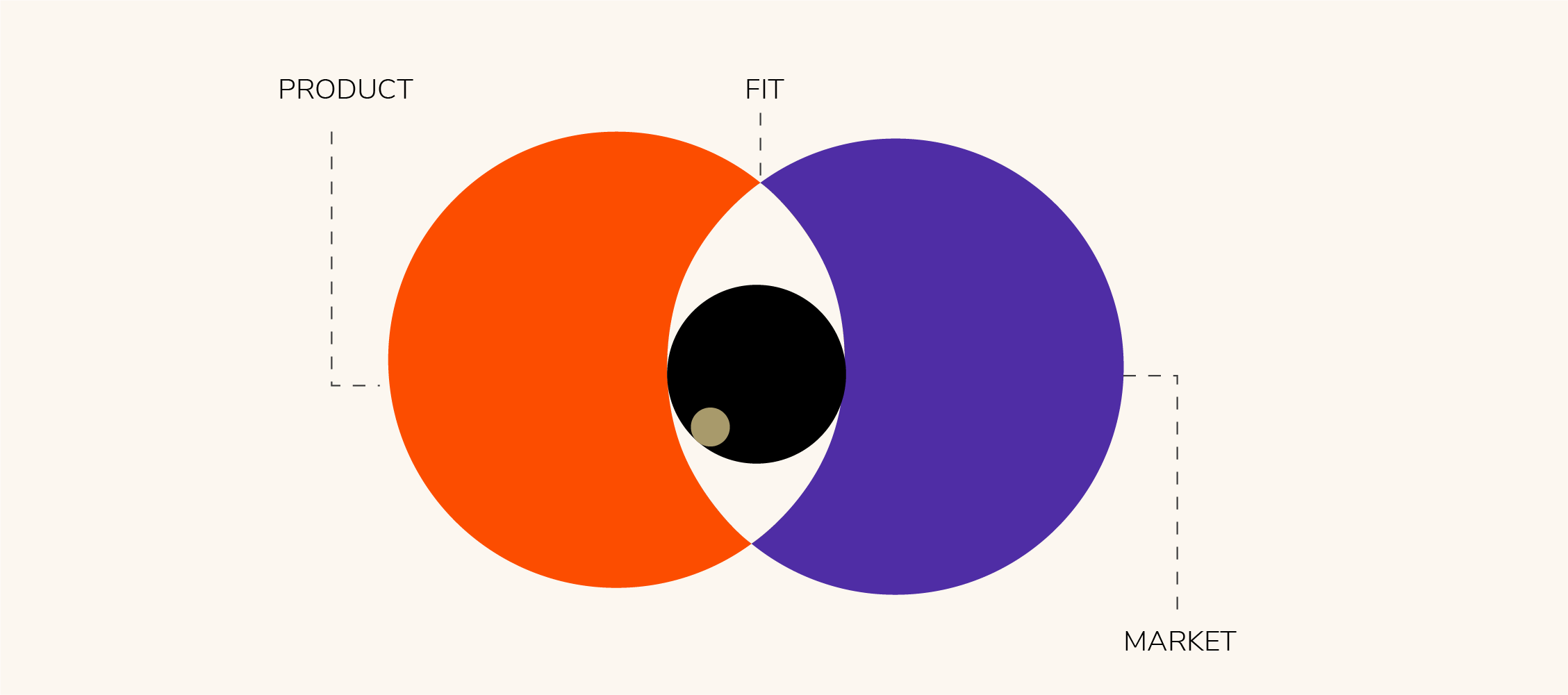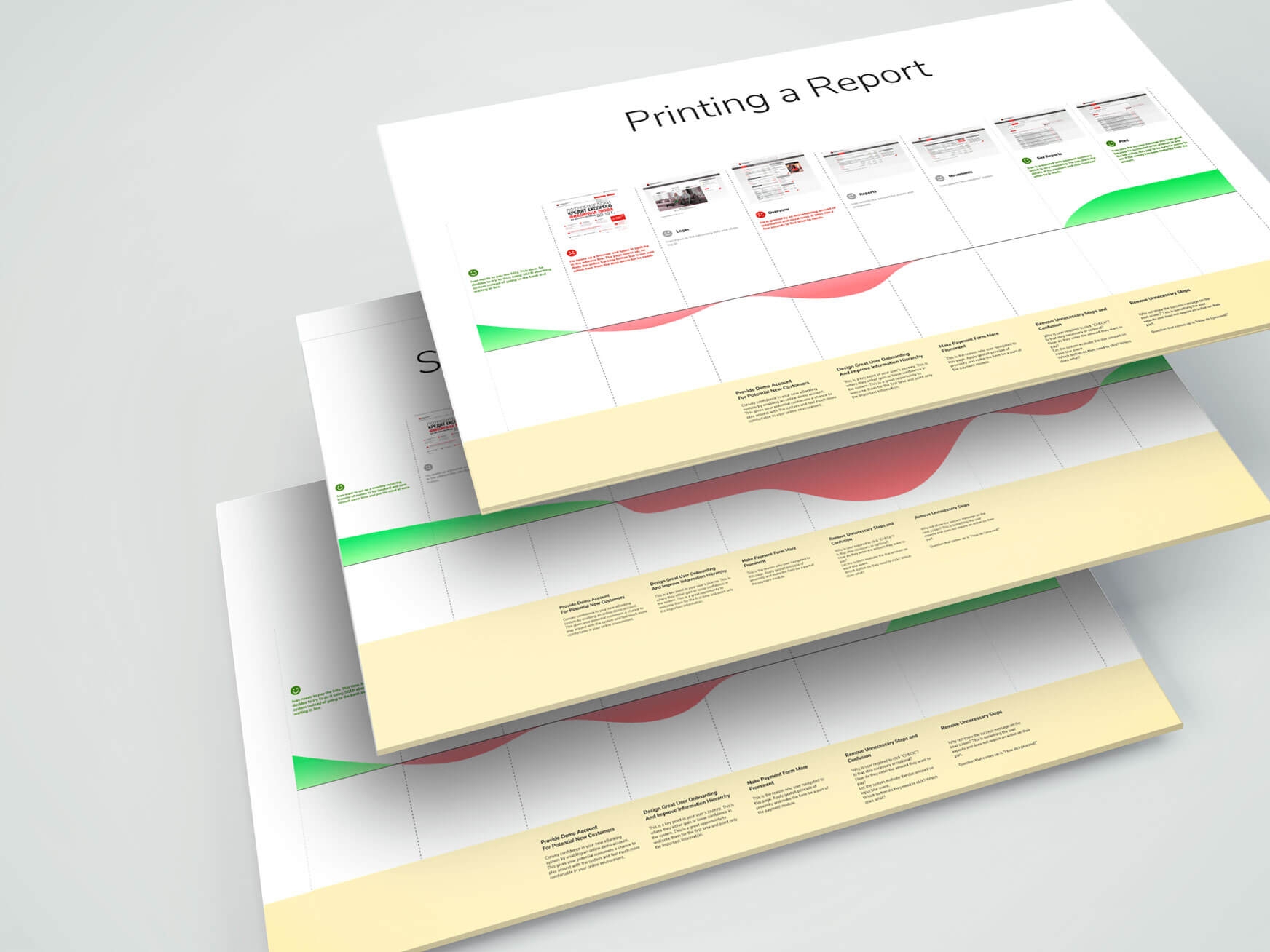If we wanted to define product strategy in the simplest terms possible, we could say that it's all about 'envisionsing your product's future.'
The process of creating a product strategy is exciting because you're in a position to imagine what kind of product it will become, who will reap the most benefit from it, and in what way(s) it will create value for the end users and for your business.
The most important part is documenting all those ideas to describe the following in detail:
- target users of your product and their motivation to purchase and use it
- what differentiates your product from competitive solutions in the market
- how the product fits into the broader company vision and how it contributes to business goals at a higher level.
When we work with clients here at SpiceFactory, we always start with either developing or studying the existing digital product strategy. Why is this foundational first step so important? Because the strategy for a new product helps you: a) launch the product while minimising risk, b) achieve product-market fit, and c) sustain the growth of your product.
Similarly to how businesses have their strategic plans for the future, a digital product also has its own strategy and destination.
Creating a solid product strategy involves the following steps:
-
Research & Discovery - You start by defining the vision and goals for your product as well as figuring out customer challenges and validating possible solutions. This process also involves doing some qualitative research to understand how many people are facing those challenges and how big of an impact you'd make by solving them through your product. You will later on use these findings to inform your design and development decisions.
-
Product value proposition – As we already mentioned, you need to understand the specific challenges/problems your product is going to solve for people. You can't be everything to everybody. Your unique value proposition is not so much about what problems you solve, but how you solve them - that's what sets you apart!
-
Benchmarking and competitive analysis - Evaluate and benchmark similar products and look at your competitor's strategies for achieving their objectives with their products. Finally, assess your competitor's strengths and weaknesses and describe how you position your product compared to competing products on the market.
-
It's all about the Users – Learn everything you can about the product's users – who they are, what drives them, and what they look for in your product. This is where creating a user persona truly helps. You need to understand your customers' needs before setting a long-term product roadmap.
-
Define your product's goals. This is an extremely important step because you need to justify your company's investment in the new product. How is you product going to benefit your company? The value may be in the new product helping sell another product or service or in increasing the brand equity. Once you're clear about the goals you'll be able to choose the right key performance indicators (KPIs) and to measure your product's performance.
-
Product conception – Conceptualization planning includes the creation of User Journeys, User Stories, User Scenarios, and Use Cases. As a result, you can ensure that you're reaching the right audiences – and giving them the right paths to follow.
-
Product pricing – Finally, your documented product strategy should describe how you will price the product, including its perceived value and a pricing model.
When working on a strategy for a new digital product, the SpiceFactory team researches the needs of the users in order to align our client's technology with users' expectations.
We then work through each of the 7 steps outlined above to help our clients to quickly create, iterate, and act on their product strategy so they can capture market share faster. We'll touch upon the process we use more in the future posts on our blog.
Conclusion
A documented digital product strategy will give you all the tools you need to make a well-researched product that people will love to use. It will help you create immediate value, but it will also help expand the limits of your business in the future so you can continue to create value for your customers.



